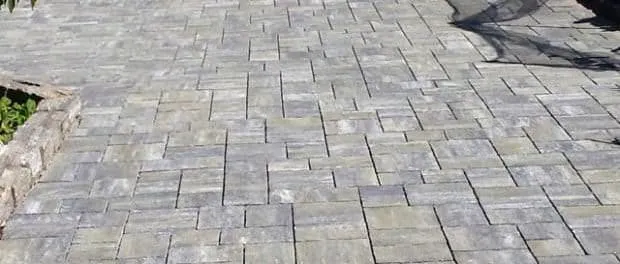Self-locking flooring: some useful information.

The exterior of a building, be it of housing or business use, often have multiple uses: vehicles, parking, garden , transit areas and so on. It is clear that for the flooring of these areas, it is necessary a solution that is easy to install, durable over time and at the same time characterized by an excellent quality / price ratio.
The paving for exteriors that seems best seems to adapt to this definition is represented by self-blocking flooring which, in addition to presenting the advantages indicated above, are also available in many colors and finishes in such a way as to provide ample customization possibilities for the areas where they are installed.
Self-blocking concrete paving is the most economical and popular solution that is well suited to many types of intervention while maintaining high performance. The thickness of the solid wood must be chosen according to the intended use. The larger blocks, for example, are characterized by a thickness of 12 centimeters.
The concrete blocks are distinguished by a longer life, but only if they are laid in an absolutely professional manner. It is in fact necessary to prepare a suitable bed of sand with slopes suitable for draining rainwater with appropriately sealed joints.
Self-blocking tiles in recycled plastic are made through the recovery and processing of different plastic materials deriving from differentiated waste collection. They were created for industrial flooring but in a short time they were appreciated for their versatility in housing and civil construction. They are easy and quick to lay and weigh about 10 kg per square meter. They do not need maintenance, they last over time and no pre-installation operations are necessary.
The photocatalytic self-blocking flooring is practical and green at the same time, as they are able to break down up to 80% of the pollutants present in the atmosphere thanks to a nanotechnology-based system.
These photocatalysts, thanks to light and air, develop an oxidative activity that converts pollutants into harmless substances through a bactericidal and antimicrobial action. If no chemical reactions occur, the photocatalysts never run out.